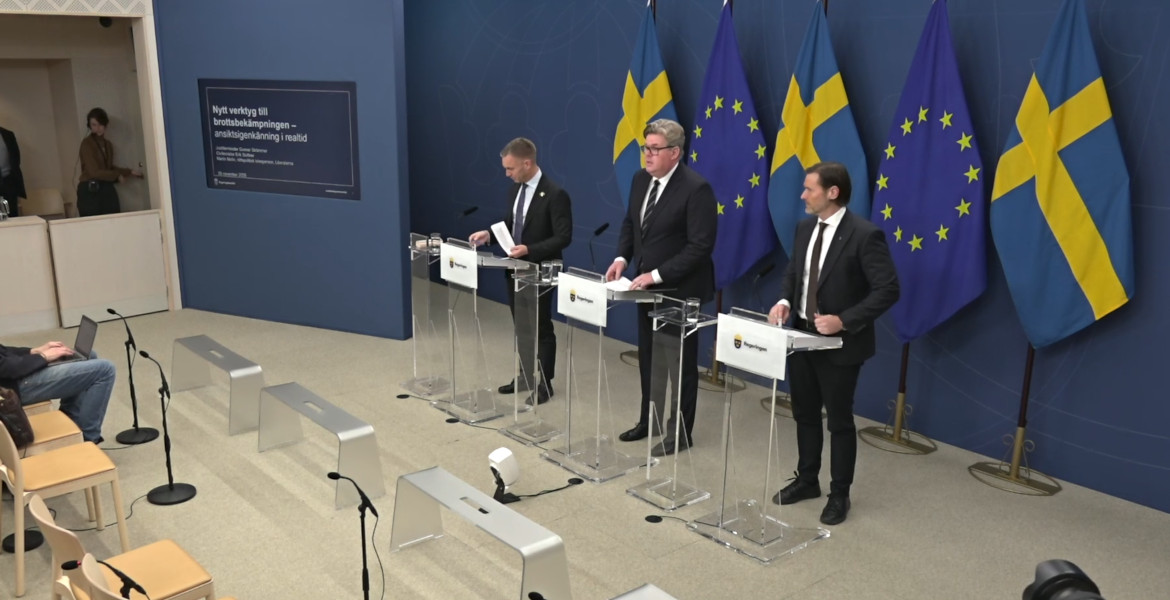What is expected to be the largest insect factory in the Nordic region is about to open in Norway. The aim is to produce up to 15 tons of larvae per week.
Norwegian company NorInsect, based in Stordal in Sunnmøre, has been researching for a decade to develop the optimal larvae factory. Now the opening of the 3,500 square meter facility is imminent. From August, the 14 employees plan to harvest between 10 and 15 tons of caterpillars per week. CEO Harald Larsen Espeland predicts that the market for insects is "insatiable".
– It is very exciting. In the ten years we have been here, there has been a lot of excitement, joy and frustration. There are things that you think are going to work that turn out not to work. But now we are looking forward to getting the factory up and running, he told Norwegian national broadcaster NRK.
Initially, the factory will produce feed for salmon, chickens and pigs from larvae. Its size is expected to make it one of the largest of its kind in the Nordic region, possibly the largest. If successful, NorInsect plans to build more insect factories across Europe.
"Huge market"
– We have a huge market to serve, so there will certainly be room for a large number of insect producers in the future. Then I think things will stabilize over time with a few big ones in Europe. We want to be one of them, says the CEO.
Insects for human consumption are considered "novel foods", meaning they are foods that were not widely consumed in the EU before May 15, 1997. There are currently four insect species approved for human consumption in the EU. NorInsect believes that it will be "ready" to sell insects for human consumption, but that the majority of consumers are not yet ready.
– When they are ready, we will be ready, says Larsen Espeland.




